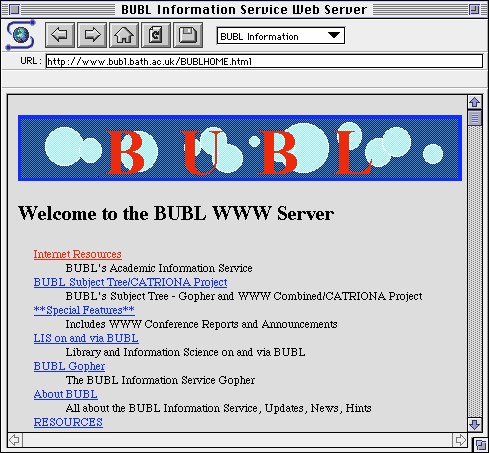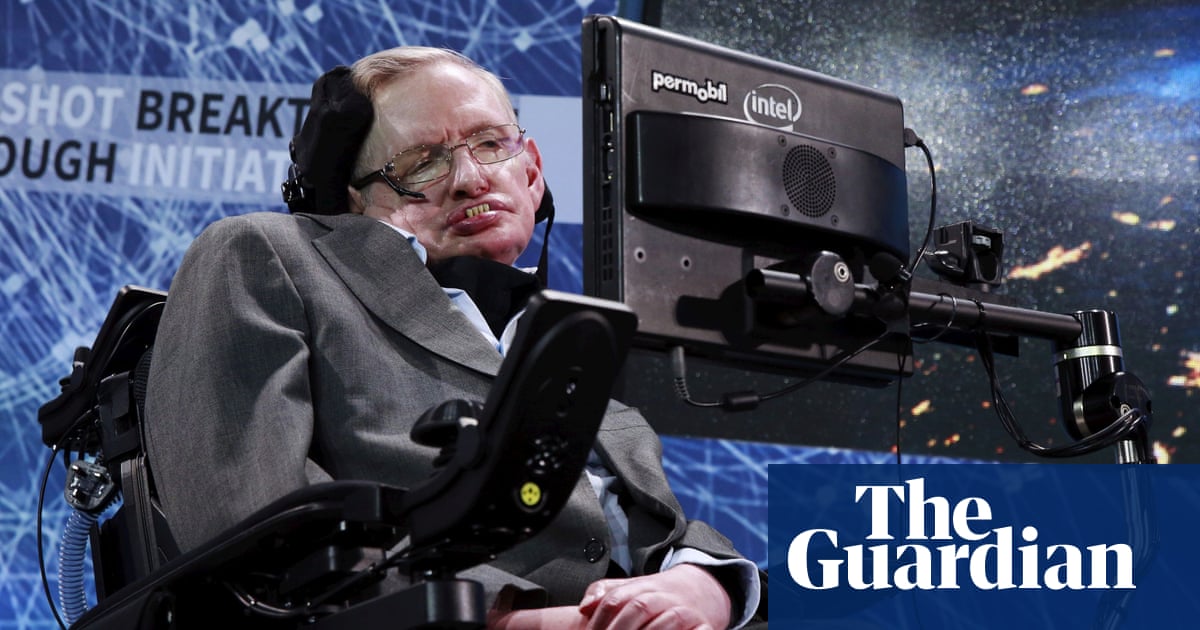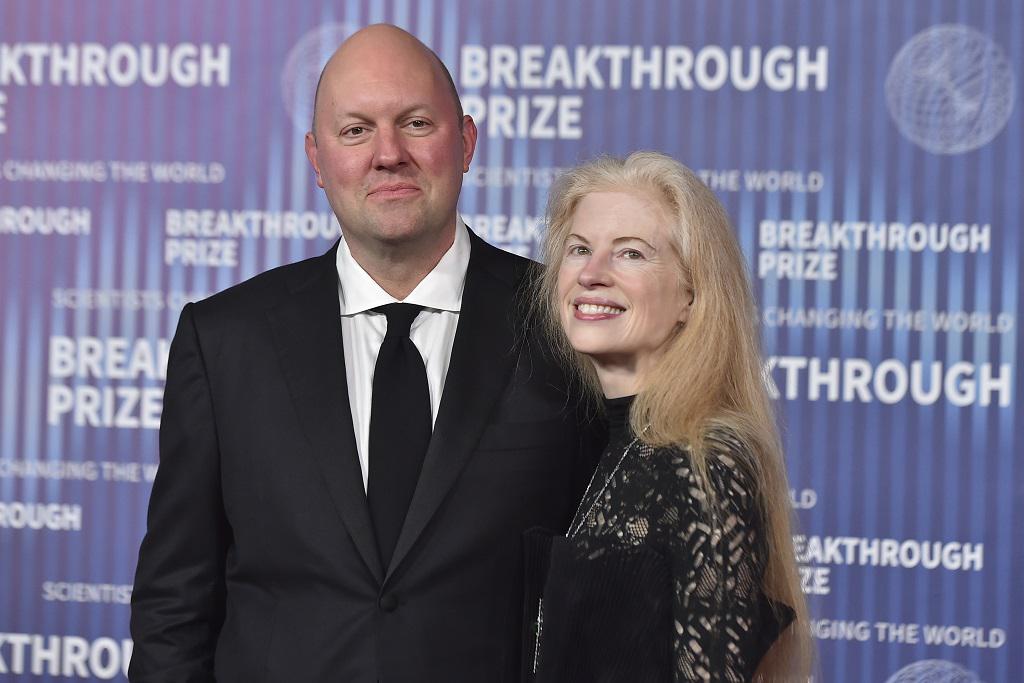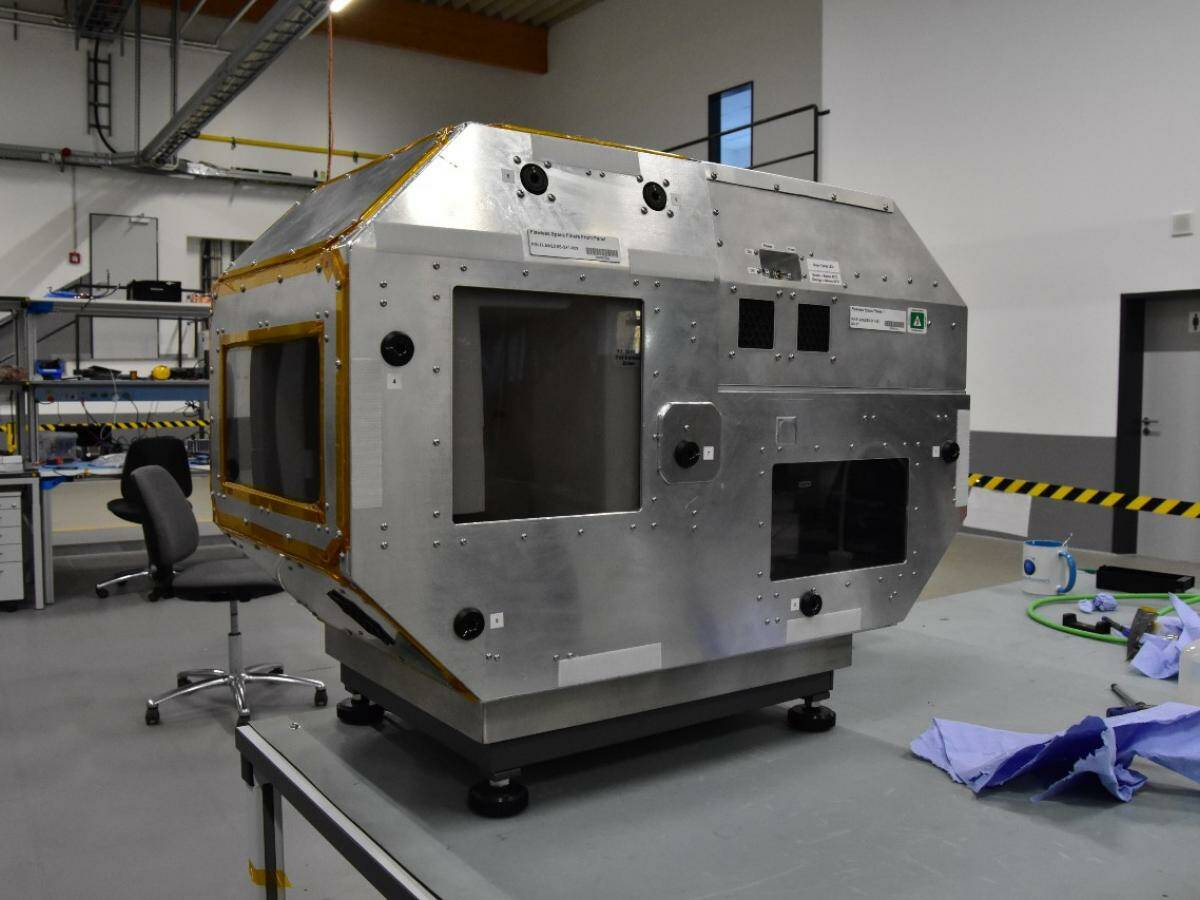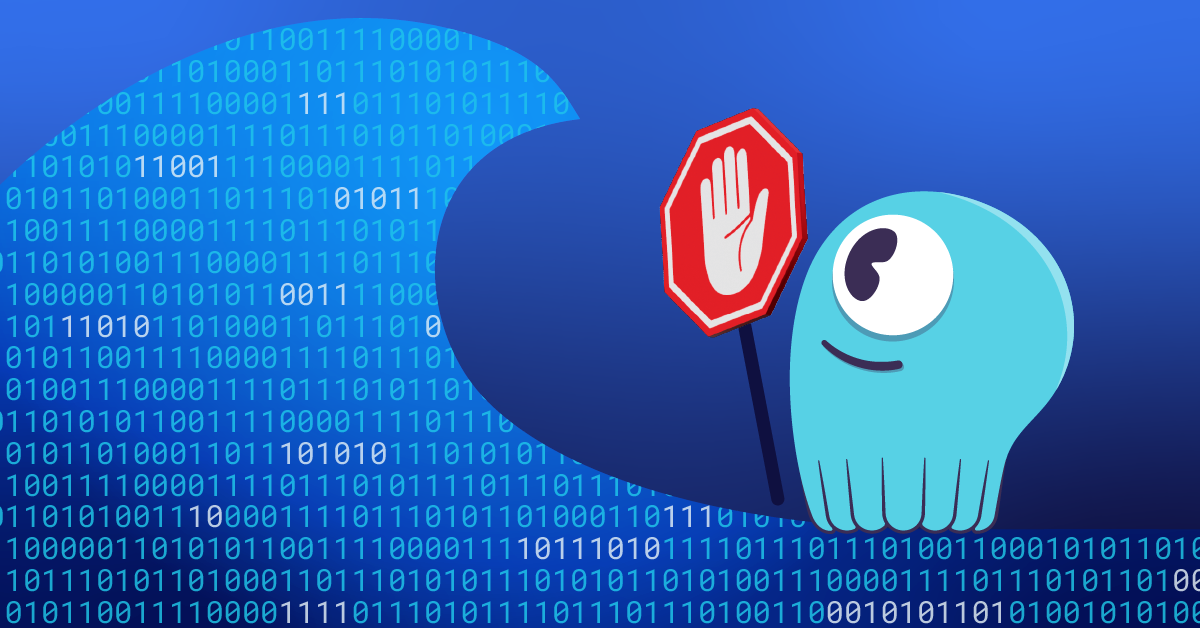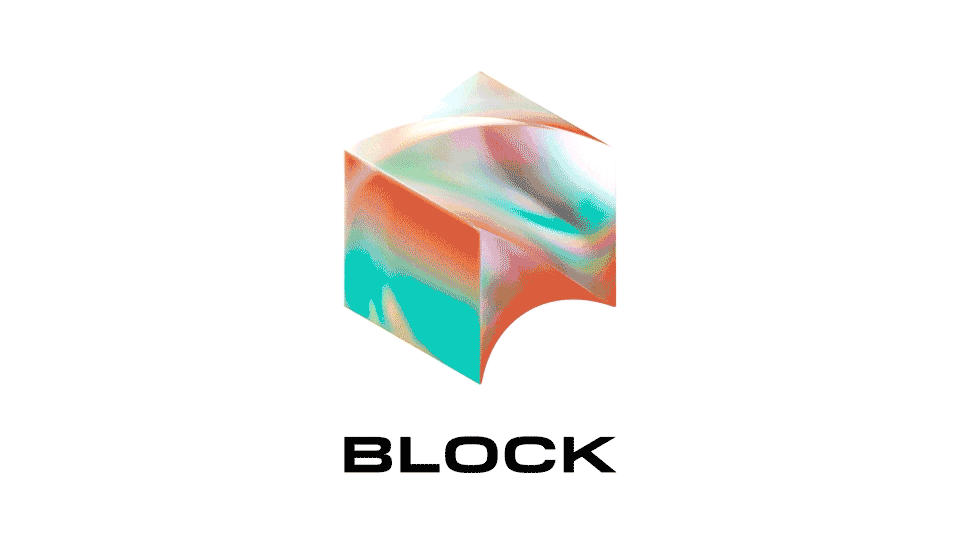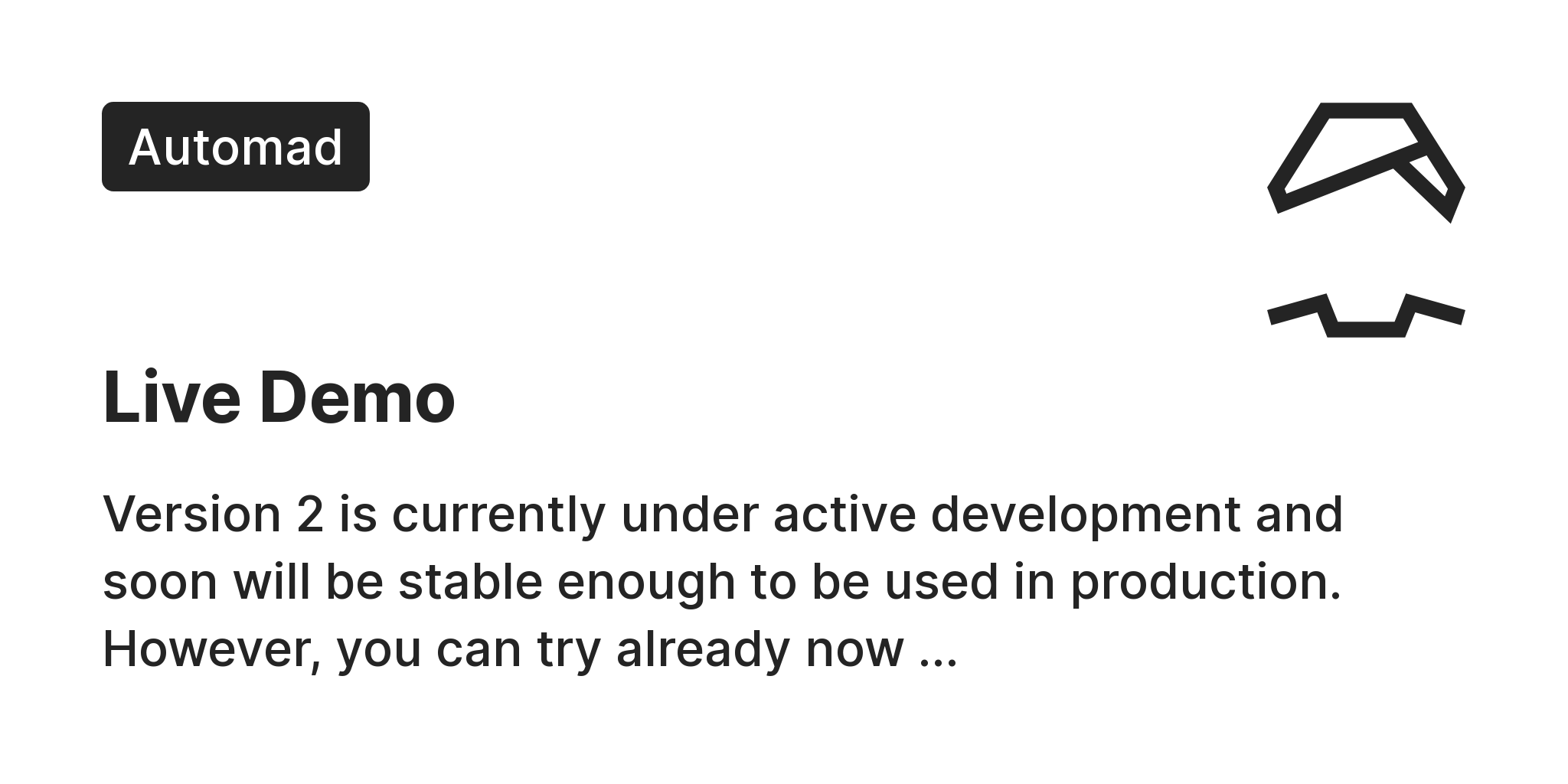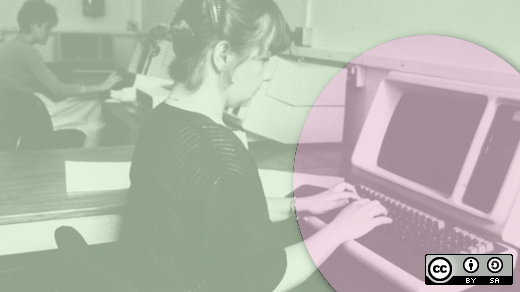
A brief history of FreeDOS | Opensource.com
A master was explaining the nature of The Tao of Programming to one of his novices. "The Tao is embodied in all software—regardless of how insignificant," said the master.
Computing used to be limited only to expensive mainframes and "Big Iron" computer systems like the PDP11. But the advent of the microprocessor brought about a computing revolution in the 1970s. You could finally have a computer in your home—the "personal computer" had arrived!
The earliest personal computers I remember seeing included the Commodore, TRS-80, and Apple. The personal computer became such a hot topic that IBM decided to enter the market. After a rapid development cycle, IBM released the IBM 5150 Personal Computer (the original "IBM PC") in August 1981.
Creating a computer from scratch is no easy task, so IBM famously used "off-the-shelf" hardware to build the PC, and licensed other components from outside developers. One of those was the operating system, licensed from Microsoft. In turn, Microsoft acquired 86-DOS from Seattle Computer Products, applied various updates, and debuted the new version with the IBM PC as IBM PC-DOS.
More Great Content Free online course: RHEL technical overview Learn Advanced Linux Commands Download Cheat Sheets Find an Open Source Alternative Read Top Linux Content Check out open source resources Running in memory up to 640 kilobytes, DOS really couldn't do much more than manage the hardware and allow the user to launch applications. As a result, the PC-DOS 1.0 command line was pretty anemic, only including a few commands to set the date and time, manage files, control the terminal, and format floppy disks. DOS also included a BASIC language interpreter, which was a standard feature in all personal computers of the era.

